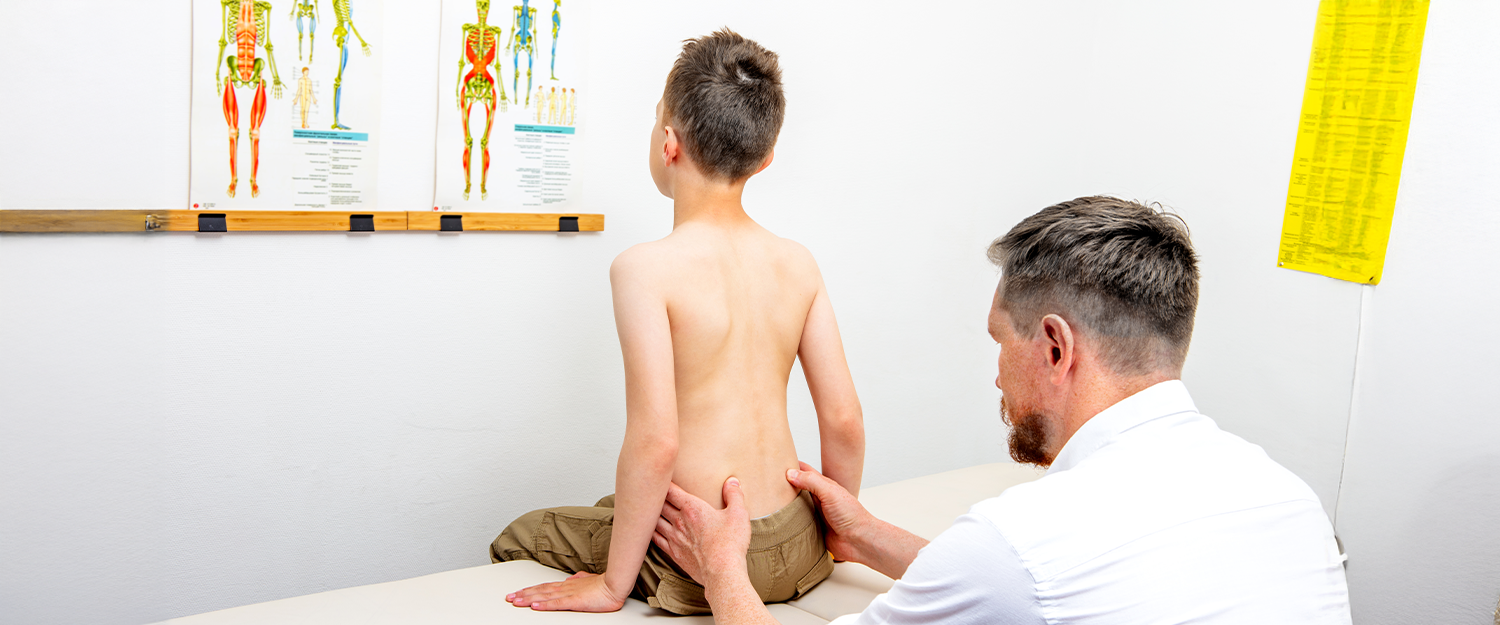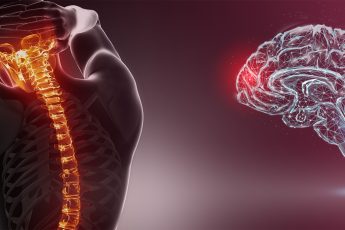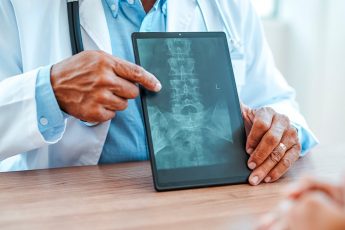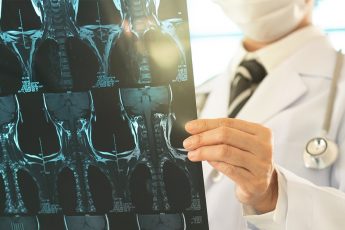
Spinal Cord Injury: Causes, Effects, and Your Path to Recovery
The human spinal cord is a critical part of the central nervous system that assists in transferring messages between the brain and the rest of the body. What happens, though, if this critical communication line is injured? Spinal cord injury can severely affect a person’s body, lifestyle, and overall well-being.
Understanding how spinal cord injuries occur, what they do to the body, and the recovery process can allow people and families to navigate the experience with more understanding and confidence.
What is a Spinal Cord Injury?
A spinal cord injury (SCI) is any injury to the spinal cord resulting from trauma, disease, or degeneration. SCI may result in partial or complete loss of sensation, motor function, and other bodily functions below the level of the injury. Depending upon the severity, it may impair mobility, bladder and bowel function, respiration, and even emotional status.
Spinal cord injuries are categorized into two general categories:
- Complete injury: No sensory or motor function below the level of the injury.
- Incomplete injury: Some sensory or motor function is preserved.
Aetiology of Spinal Cord Injury
Spinal cord injuries can result from a multitude of incidents, such as:
Trauma: Motor vehicle accidents, falls, sports trauma, and violent trauma such as gunshot.
Diseases: Cancer, arthritis, osteoporosis, or infection can result in damage to the spinal cord.
Degeneration: Over time, problems like herniated discs or stenosis can ultimately cause chronic damage.
Regardless of the reason, rapid diagnosis and treatment also do much to improve quality of life.
Immediate Effects on the Body
The body instantly might become subject to spinal shock, with the reflexes below the injury no longer functioning. This persists for days or even weeks. Early signs might be:
- Loss of movement or sensation
- Difficulty perceiving heat, cold, or touch
- Loss of bowel and bladder function
- Difficulty with breathing or coughing
- Burning or pain at the injury site
As the initial shock has passed, the long-term effects are clearer and may depend on the extent and location of the injury.
The spinal cord not only commands movement and perception but vital involuntary functions as well. Long-term effects will depend on where the injury was, and these can be:
Paralysis
Paralysis can involve the lower body (paraplegia) or all four limbs (tetraplegia or quadriplegia).
Muscle Atrophy and Spasticity
Unused muscles can gradually shrink. Some individuals may also experience involuntary muscle tightness or spasms.
Bladder and Bowel Changes
Damage to the nerves may disrupt bladder and bowel control, often requiring medical or assistive management.
Respiratory Complications
Spinal cord injury in the cervical spine (neck area) can damage lung function, leading to respiratory problems or increased susceptibility to infections.
Pressure Sores
Limited movement can lead to prolonged pressure on areas of the body, leading to skin breakdown and pressure sores.
Circulatory and Metabolic Alterations
SCI can affect blood pressure, increase the risk of blood clots, and alter the body’s metabolism, at times resulting in weight gain or diabetes.
Psychological and Emotional Effects
Along with the physical changes, a spinal cord injury can greatly impact mental well-being. Sudden adaptation to loss of independence and mobility can lead to depression, anxiety, or frustration. The support of health professionals, mental health therapists, and support groups is critical for emotional adaptation.
Steps Toward Recovery and Rehabilitation
Spinal cord injury recovery is gradual and in most instances lifelong. Although a full cure may not be achievable, most individuals improve immensely with adequate care. Key recovery features are:
Medical Care
Early management is stabilizing the spine and preventing additional damage. Expert diagnostic imaging and surgery may be utilized, depending on the injury type.
Rehabilitation
Rehabilitation is comprised of speech therapy, occupational therapy, and physiotherapy (if needed). The therapies help patients regain strength, learn new skills to perform daily tasks and improve their quality of life.
Assistive Devices
Wheelchairs, braces, voice-activated aids, and adaptive equipment can greatly promote independence.
Counseling and Support
Emotional rehabilitation is as vital as physical recovery. Counseling sessions and support groups provide a safe and supportive setting for patients to express feelings and get guidance.
Advancements in Spinal Cord Injury Rehabilitation
Medical science is still researching new therapies such as stem cell treatment, neuroprosthetics, and nerve regeneration techniques. While still in the experimental phase, these new developments show much promise for improved recovery and function.
Individualised care plans and new technology have already rescued thousands of patients from suffering outcomes once believed to be the best.
Living Well After a Spinal Cord Injury
Life after a spinal cord injury can continue to be rich, fulfilling, and productive. With proper medical care, a positive environment, and determination, many are able to go back to work, start families, pursue hobbies, and assist other individuals.
Hospitals, rehab facilities, and specialized support serve tremendously in accomplishing this aspect of recovery and the rebuilding process with strength and self-confidence.
Conclusion
Here at the Neuro Spine Center at Adam Vital Hospital, we take pride in providing specialized treatment and rehabilitation services for spinal cord injury patients. Our multidisciplinary team is here to aid every step of your recovery process — from diagnosis and treatment to rehabilitation and readjustment. Whether you need expert consultation or long-term care, Adam Vital Hospital is here to lead you forward with hope and determination.



